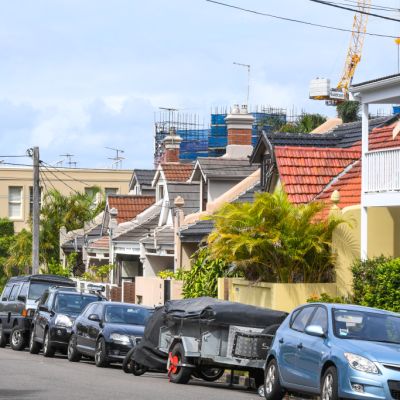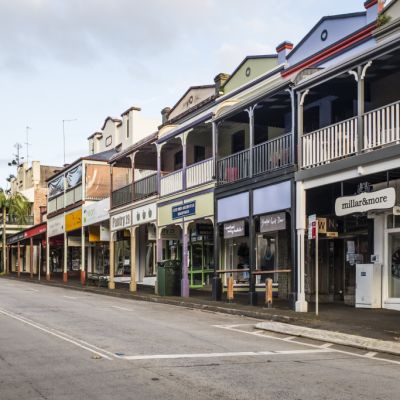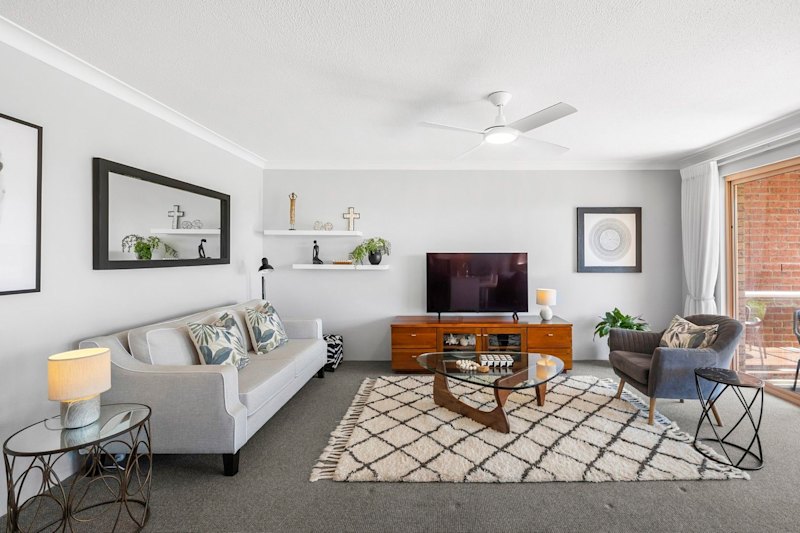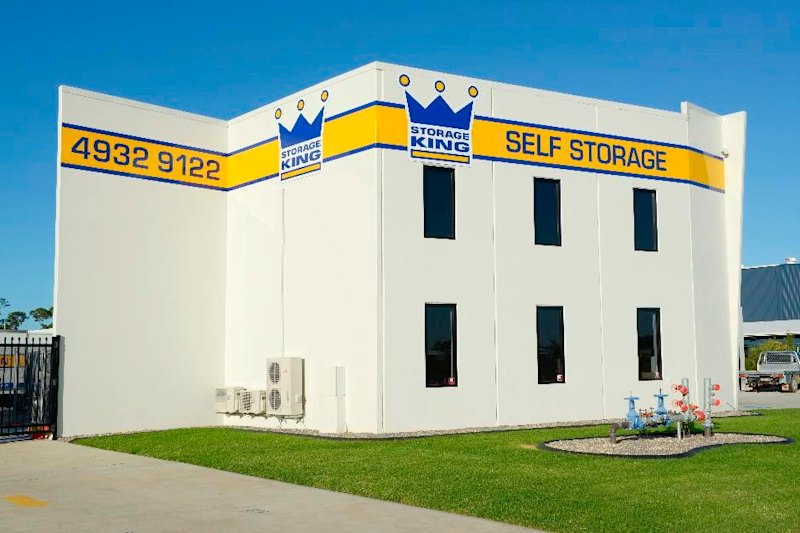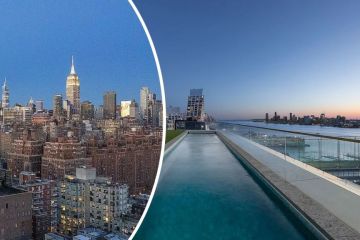The cities and regions where rental returns are on the rise
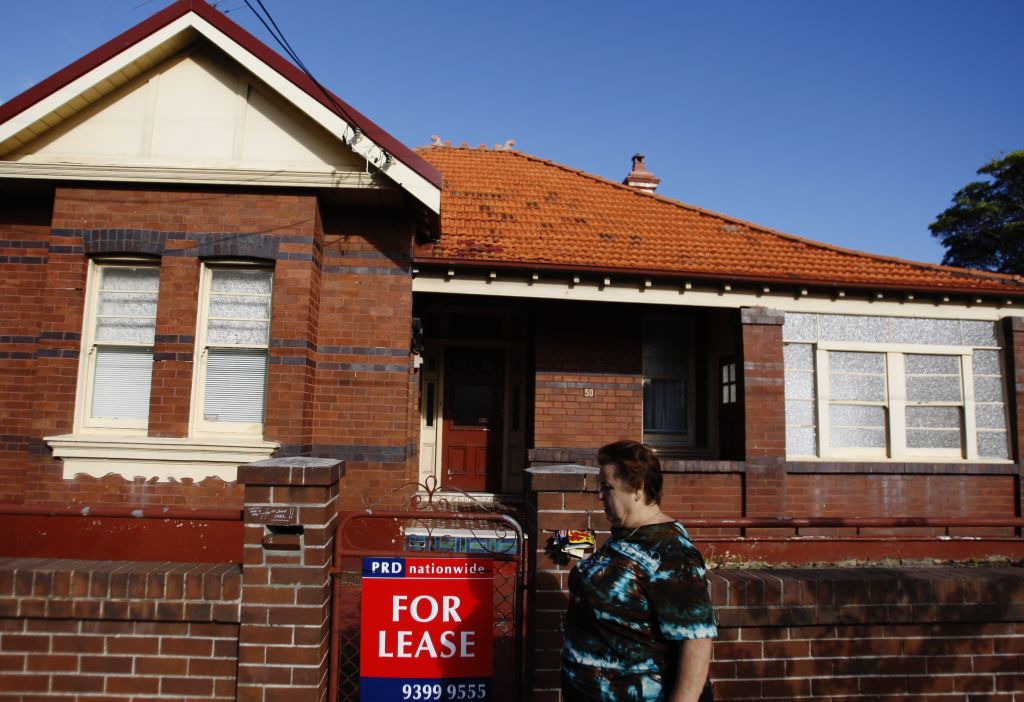
Rental returns have taken a hit from rapidly rising property prices, but there are some cities and regions bucking the trend with rising rental yields, new figures show.
Returns for investors have dropped as low as 3 per cent for houses in Australia’s largest cities, the latest quarterly Domain Rent Report shows, with rental yields at a median of 3.73 per cent nationally last quarter.
Perth and Darwin were the only capital cities where gross rental yields for houses were up year-on-year, at 5.11 per cent and 5.63 per cent respectively, however other capital cities, bar Melbourne, saw a marginal improvement over the March quarter.
| Yield Q1 2021 | Yield Q1 2020 | |
| Sydney | 3.02% | 3.38% |
| Melbourne | 3.12% | 3.31% |
| Brisbane | 4.54% | 4.67% |
| Adelaide | 4.46% | 4.55% |
| Perth | 5.11% | 4.73% |
| Canberra | 4.17% | 4.44% |
| Darwin | 5.63% | 4.86% |
| Hobart | 4.79% | 5.15% |
| National | 3.73% | 3.85% |
A growing number of investors are poised to return to the property market, fuelled by record low interest rates and strengthening market outlooks. Investor lending is up 31.6 per cent year-on-year, according to the latest ABS statistics.
With house yields at a record low in Sydney, and nearing record lows in Melbourne, investors could look further afield, Domain senior research analyst Nicola Powell said.
House yields in both Perth and Darwin have accelerated since mid-last year and were close to record highs, as rents – up more than 14 per cent in both cities annually – rose faster than property prices, Dr Powell said.
The median house rent in Darwin is now as expensive as in Sydney, at $550 per week, and unit yields in Darwin have already reached a new peak of 7.3 per cent.
| Yield Q1 2021 | Yield Q1 2020 | |
| Sydney | 3.54% | 3.92% |
| Melbourne | 3.95% | 4.53% |
| Brisbane | 5.22% | 5.30% |
| Adelaide | 5.48% | 5.42% |
| Perth | 5.72% | 5.34% |
| Canberra | 5.99% | 6.17% |
| Darwin | 7.30% | 6.39% |
| Hobart | 4.71% | 5.23% |
| National | 4.02% | 4.32% |
Adelaide and Perth were the only other capitals to see unit yields rise annually, hitting 5.48 and 5.72 per cent, respectively. The national figure was 4.02 per cent, with other capitals – again with the exception of Melbourne – seeing a slight rise over the quarter.
Dr Powell expected more investors would turn to Perth, which offered high yields and was also tipped for strong capital growth after a prolonged market downturn. She was more wary of Darwin, where the outlook for medium- to long-term capital growth was more uncertain.
Yields also rose, for the most part, across regional Australia, with rental prices in many pockets on the rise due to the sea- and tree-change trend seen amid the coronavirus pandemic.
Rental returns were up year-on-year in half of the regional council areas in NSW and Victoria, and the bulk of regional Queensland, South Australia and Western Australia. The Alpine Shire in north east Victoria, Port Augusta in SA and Queensland’s Western Downs council area, three hours west of Brisbane, saw the biggest rental yield rises.
| LGA | Yield Q1 2021 | Yield Q1 2020 | |
| VIC | Alpine | 5.27% | 4.16% |
| SA | Port Augusta | 7.86% | 6.25% |
| QLD | Western Downs | 6.34% | 5.36% |
| SA | Berri Barmera | 8.18% | 7.06% |
| SA | Clare And Gilbert Valleys | 6.00% | 5.23% |
| WA | Greater Geraldton | 5.49% | 4.86% |
| NSW | Cowra | 6.36% | 5.64% |
| QLD | Burdekin | 7.25% | 6.43% |
| SA | Copper Coast | 5.75% | 5.11% |
| WA | Port Hedland | 8.17% | 7.27% |
Low vacancy rates in many regional markets meant rental prices were outpacing solid property price growth, enabling rental returns to hold steady or rise, even as it became more expensive to buy into the market, said Simon Pressley, head of research at Propertyology. He expected this would continue for several years until investor activity boosted rental supply.
“We are seeing rents all over Australia go through the roof,” Mr Pressley said. “[An investor knows] that at the first open home for tenants, there will be 30 people coming through the door in a half hour; they will have 10 rental applicants fighting over each other like seagulls over a chip.
“If you’re the client that’s great, but if you’re that tenants it’s not good.”
However both Mr Pressley and Dr Powell warned investors against chasing the highest rental yield, noting they should consider potential capital growth – which could deliver greater returns – and holding costs.
While property price rises were overdue in both Perth and Darwin, Mr Pressley said he would not personally invest there because of a lack of sufficient economic diversity to ensure long-term capital growth.
He would also avoid Sydney and Melbourne, noting that some of the best opportunities for investors would be in Hobart, Adelaide, Brisbane and Canberra.
For properties with low rental yields, Mr Pressley added, investors also needed to stress test whether a limited cash flow would be viable if they experienced a change in life circumstances.
Investor activity was shifting away from Sydney and Melbourne, where rental markets had been harder hit by border closures, said Jennifer Wakeman, general manager of Momentum Wealth, a Perth-based property investment consultancy.
“Investor activity is turning away from Sydney and Melbourne and is instead focussing on cities with tighter rental markets and greater affordability, like Perth and Brisbane.”
“Investors who enter the Perth and Brisbane markets will benefit from the forecast upswing, and the current affordability and tight rental markets are presenting dual benefits for investors.”
We recommend
We thought you might like
States
Capital Cities
Capital Cities - Rentals
Popular Areas
Allhomes
More
